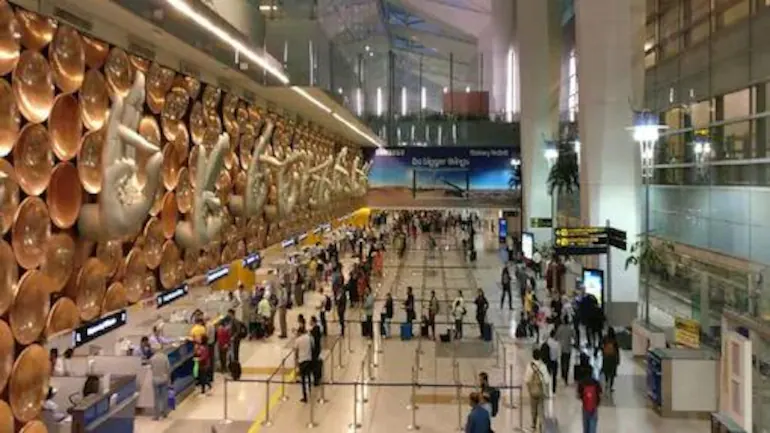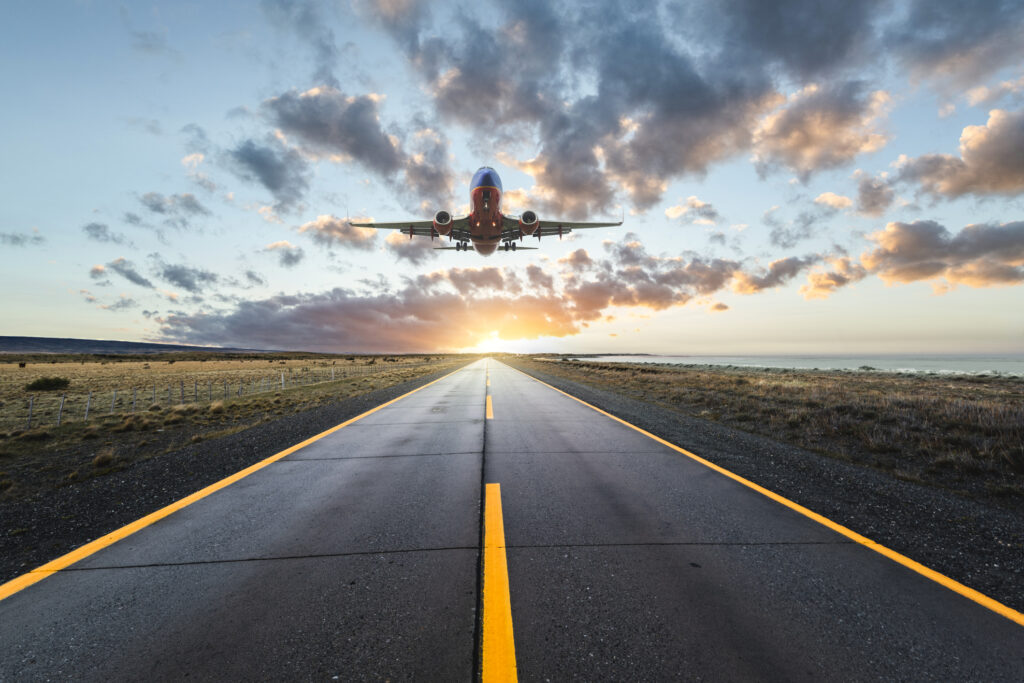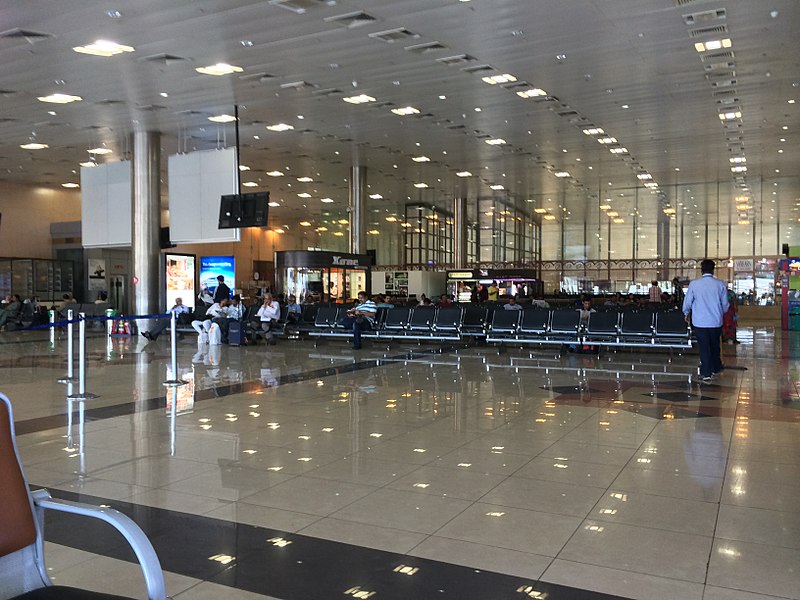The research suggests that the area around Delhi Airport has the highest risk of land subsidence. An airport must have a rigid and stable ground to work and any damage can in the area lead to major mishaps.
Current Unreasonable 21% indirect taxes resulting in chronically ill civil aviation industry: IndiGo CEO informs that about 100 sq km land area around Delhi NCR region is prone to subsidence.
The distressing results have come to light after research done by IIT Bombay, German Research Center, Cambridge, and the Southern Methodist University of America.

According to the research, in 2014-16 – the speed of land subsidence was 11 cm/yr. This has grown by nearly 50% to 17 cm/yr after two years. The exact movement was seen in the year 2018-19 as well.
The research suggests that the area around Delhi Airport has the highest risk of land subsidence.
Indira Gandhi International Airport
An airport needs to have a rigid and stable base to operate and any crack can in the area lead to major mishaps. The Kapashera area – near the Indira Gandhi International Airport – faces the highest risk, with the 12.5 sq km area being prone to land subsidence.
- The report identifies – Delhi’s Bijwasan, Samalkha, Kapsehra, Sadh Nagar, Bindapur, Mahipalpur, and Mahavir Enclave – as the at-risk areas. Gurugram’s sector 22A and Block C, and pocket A, B, and C of Faridabad’s Gandhi Memorial.
Professor Seema Mehra Parihar, Geologist, and Remote Sensing and GIS Expert, explains that land subsidence occurs when the upper layer of the land starts leaning towards the lower layer.

There are three major reasons for land subsidence:
- 1. Mining: The reduction of minerals from the lower level of the earth developments in the subsidence of the top layer of the land.
- 2. Extraction: Extraction of oil from the ground also causes the subsidence of the land.
- 3. Groundwater level: The most important and main factor leading to the weakening of the upper layers which in turn bend towards the lower surface and lead to the risk of land subsidence. According to an American geological survey, 80% of the land subsidence is caused due to lower groundwater levels.
The main reason for the depletion of groundwater in Delhi is the increasing water need. The water need projection in Delhi is about1,236 a million gallons per day, (MGD) while the need and supply gap are 300 MGD.
According to the Draft Master Plan 2041, the need for water in Delhi will extend to 1746 MGD in the year 2031.
States and UTs in India
Many states and UTs in India, including Delhi, are facing a shortage of groundwater. According to a report of the World Resource Institute released in the year 2019, the states of Haryana, Rajasthan, Punjab, Uttar Pradesh, Gujarat, Madhya Pradesh, and UT Jammu and Kashmir are struggling with the shortage of groundwater.

Diksha Kukreja, a Town Planner tells, “Water Harvesting is the most significant form to overcome the scarcity of groundwater. There is a great demand to add rainwater harvesting technology in urban growth.”
He further told, “Increasing population impacts the groundwater of any place as the need for water goes on rising hence it very important to control the population.”
Also, read
- Some Airlines cut US flights after 5G rollout is disrupting across the world
- Mid-air crash of 2 indiGo planes averted at Bengaluru Airport
- International flights to begin soon from Agartala airport to Bangkok, Bangladesh
“Along with this, it is very important to have sustainable growth in the policy of the state governments. Groundwater can be restored operating all these methods,” he said.
Thank you
Stay updated with Aviationa2z.com
Source: ZEE News

